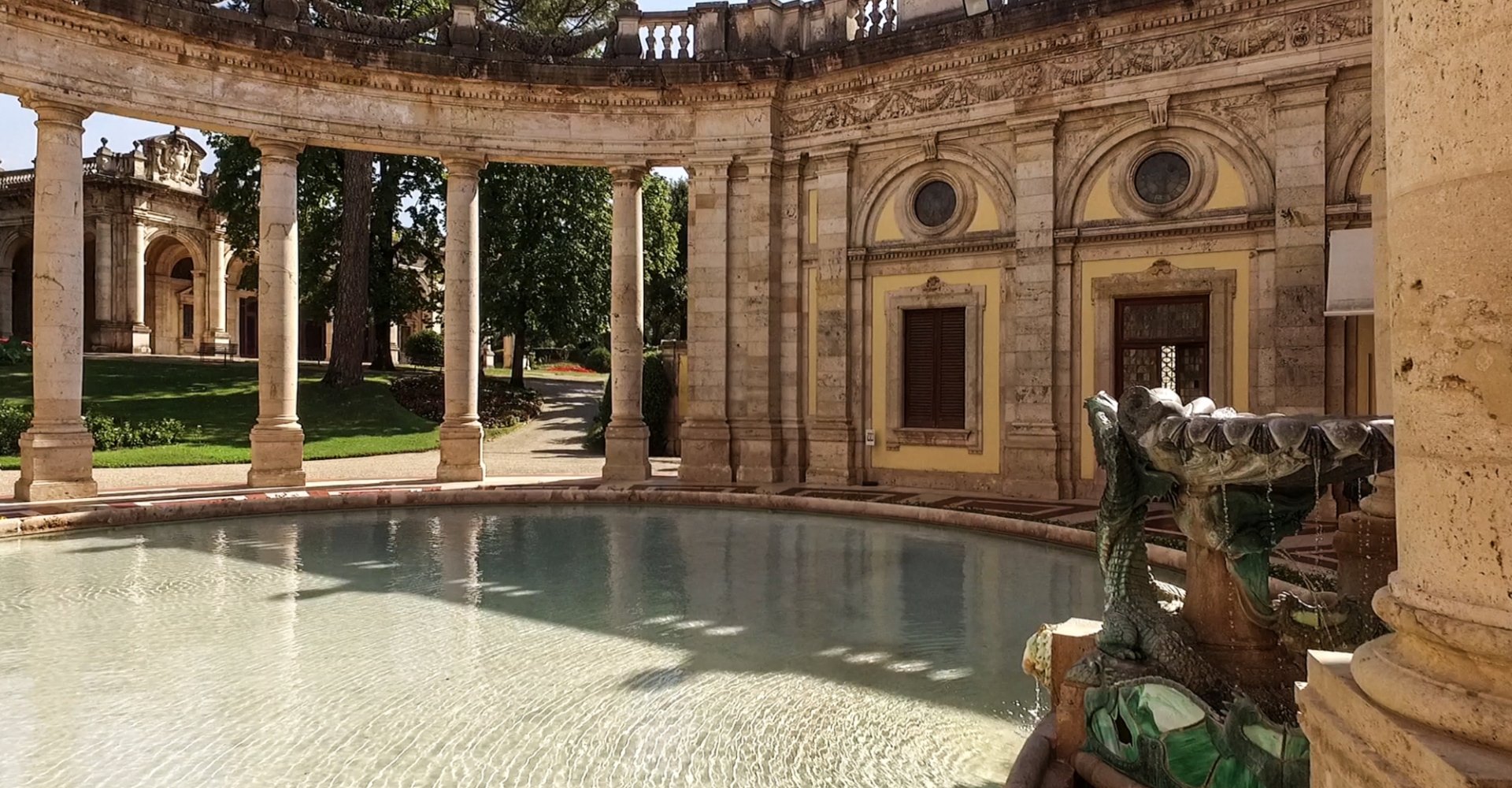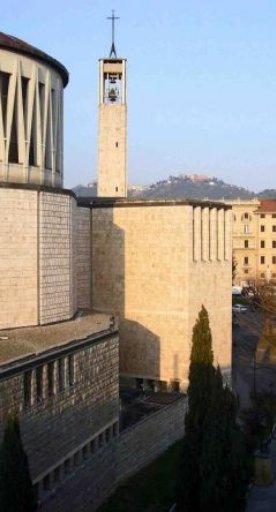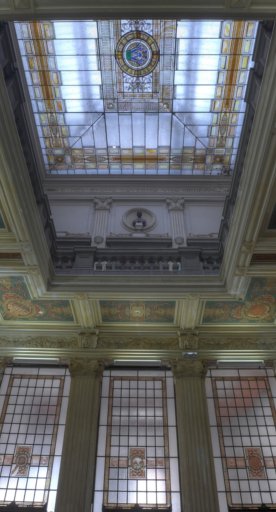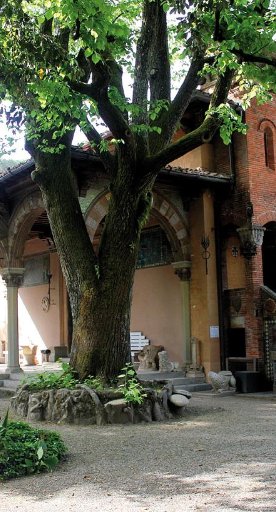Montecatini hot springs
Art and culture in the wellness hub par excellence
Urbanity and calm hot springs exist in perfect harmony in Montecatini Terme. With its magnificent parks, its striking downtown, its high fashion venues and its buildings that point to bygone eras, this “garden city” makes a prime vacation spot for wellness, cultural activities and pure relaxation. The hot springs of Montecatini are Italy’s main thermal center and among the best in Europe. A hub for tourism, business, sport, wellness and hospitality, the area is the beating heart of Tuscan spa culture, and the properties of the local waters offer a boost to both health and beauty.
The spas
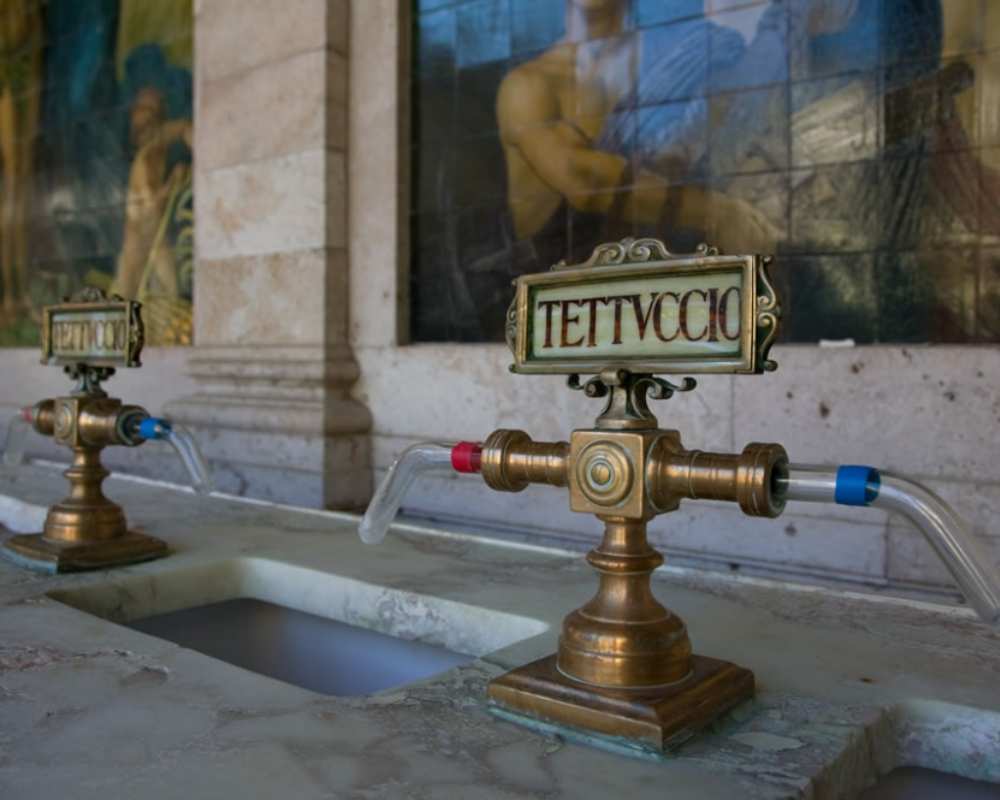
Montecatini Terme’s springs have been well known since Roman times. The town was founded as a spa center at the base of the centuries-old Castello, today Montecatini Alto. The thermal system we know today was established in the 18th century thanks to Leopoldo the Grand Duke, who promoted an urbanistic and structural renovation that made Montecatini internationally famous.
The town also offers a taste of the Belle Èpoque: the magical atmosphere of that era can be experienced in historic venues such as Caffè delle Terme, the Locanda Maggiore, the Gambrinus porticoes and the frescoed spa establishments, decorated in the Liberty style.
The two complexes Tettuccio and Redi Wellness Center offer a comprehensive system of treatments, overseen by experts and qualified, well-equipped medical professionals. Spa treatments change with the seasons and offer solutions to any and all wellness-related needs.
Classified as salso-sulfate-bicarbonate-sodium, the thermal waters are used at therapeutic level for diseases of the metabolism, digestive system at the gastric and intestinal level, for liver and biliary diseases and also for well-being treatments.
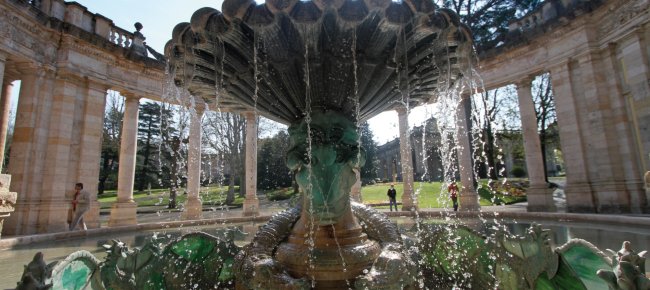
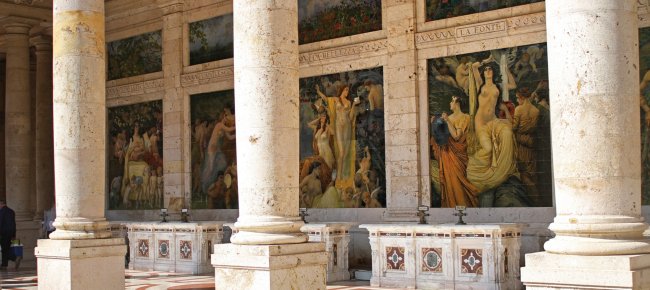
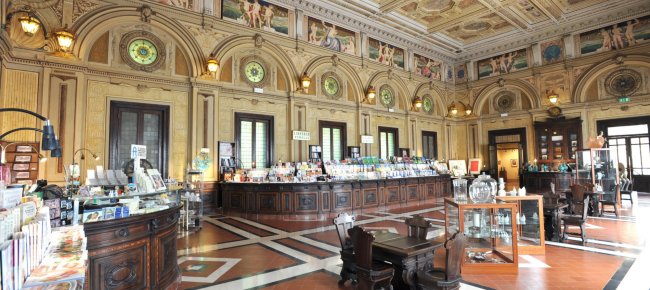
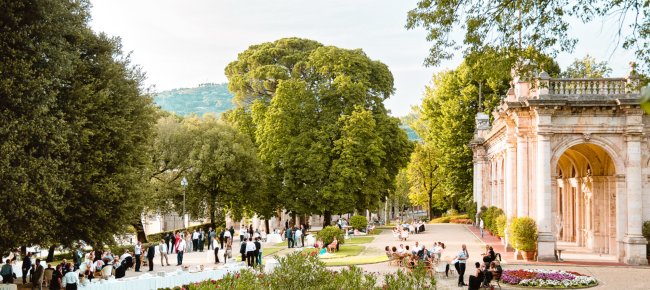
The therapeutic characteristics
The thermal waters used for the treatments come from the sources Rinfresco, Tettuccio, Regina and Leopoldina and flow hot from the subsoil.
Characterized by sulfate-bicarbonate-sodium, the thermal waters are used for diseases of the digestive system, for liver diseases and biliary diseases, as well as for well-being treatments.
The Leopoldina water is used in the inhalation therapy and to cure the catarrhal otitis, thanks to mineral salts with mucolytic and antibacterial capacity. It is also used for its purifying effect at the intestinal level and is the liquid component of the thermal mud, used since ancient times against chronic rheumatic diseases, in the recovery phase and after-effects of fractures.
The Regina water acts primarily against biliary system disorders and is therefore ideal in cases of small hepatic problems.
Tettuccio water has a purifying action on the liver and is useful in hypercholesterolemia, but also in gastritis, dyspepsia, dyslipidemia (presence of fat in the blood) and in the irritable colon.
Rinfresco water has a mild diuretic action and favors the purification of the body, also determining a partial restoration of the missing mineral salts. This water (like the Leopoldina one), is also used for balneotherapy, since, with the addition of ozone gas, they are particularly indicated in vascular diseases, because this gas adds anti-inflammatory activity to the draining ability both in venous and lymphatic levels.
